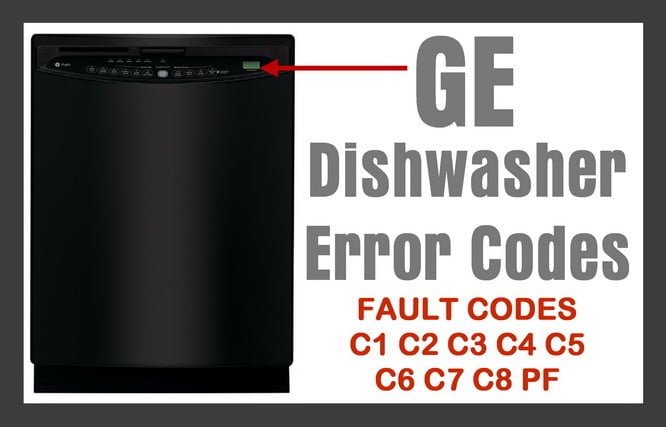
Understanding error codes in appliances can feel like cracking a secret code. At first glance, an “E3” code may sound like a techy puzzle, but don’t worry. It’s simply your dishwasher’s way of communicating that something isn’t quite right. Just like our bodies signal something with a sneeze or a cough, your dishwasher uses these codes to indicate that it needs a little attention. Let’s dive into what this particular error code means and how you can get your dishwasher back to its sparkling best.
Understanding the E3 Error Code
So, what exactly is this E3 error trying to tell you? In simple terms, this error code usually indicates a problem with the dishwasher’s heating element or its temperature sensor. This means that the water in the dishwasher is not reaching the temperature it needs, often because the heating element isn’t working properly. Imagine trying to wash your clothes in cold water when the detergent needs heat to activate—it just won’t work as expected.
When your dishwasher displays the E3 error, it’s essentially saying it can’t get the water to the right temperature to properly clean and sanitize your dishes. This can happen for a number of reasons, such as a faulty heating element, a malfunctioning temperature sensor, or even wiring issues. Think of the heating element like the coil in an electric kettle; if the coil is faulty, the water won’t heat up.
It’s important to address this error promptly. Using a dishwasher that can’t heat water properly not only affects how clean your dishes come out, but it can also lead to further problems down the line. So, let’s look at some potential causes and how you might be able to fix them.
Common Causes of the E3 Error Code
You might be wondering, “Why does this happen?” There are several common reasons you might find yourself facing an E3 error. One of the most frequent is a malfunctioning heating element. Over time, heating elements can burn out or become inefficient, just like a light bulb that eventually blows. If the element cannot heat the water to the required temperature, the dishwasher will alert you with this code.
Another likely cause is a faulty temperature sensor, also known as the thermistor. This small component, often overlooked, plays a big role in monitoring the water temperature. If it’s not working right, it could be sending the wrong signals to your dishwasher, causing the E3 code to appear. It’s like sticking a faulty thermometer in your bathwater; you’d end up with the wrong reading every time.
Wiring issues could also be the culprit. Sometimes the wires connected to the heating element or the temperature sensor can become damaged or disconnected. Much like a string of holiday lights where one bad bulb causes the whole line to go dark, a single wiring fault can disrupt the heating process.
Fixing the E3 Error Code: Step by Step
Here’s the deal: fixing an E3 error can be straightforward if you’re comfortable with basic DIY tasks, but don’t hesitate to call a professional if you’re unsure. Begin by turning off the power to the dishwasher for safety. Once that’s done, you can access the heating element—usually located at the bottom of the dishwasher. Check for any visible damage like burns or breaks.
If the heating element looks intact, the next step is to test it with a multimeter. This tool measures electrical resistance and can tell you if the heating element is truly the issue. If it’s not functioning, replacing it should resolve the problem. Much like changing a burnt-out light bulb, this could be all you need to get things working again.
In case the heating element is fine, consider testing the temperature sensor. Again, a multimeter can come in handy to ensure it’s operating correctly. If not, replacing the thermistor is usually a simple and affordable repair. Should wiring be the problem, inspect the connections to ensure they’re secure and undamaged. Sometimes, a loose wire is all it takes to trigger the error code.
Preventing Future E3 Errors
Wouldn’t it be great if you could prevent this from happening again? A little regular maintenance can go a long way. Start by keeping the dishwasher clean and free of debris that might affect its operation. Regularly check the heating element and wires for signs of wear or damage.
Running a cleaning cycle with some vinegar or a dishwasher cleaner can help remove mineral build-up, which can impact how well your dishwasher operates. After all, a clean dishwasher is a happy dishwasher. Consider adding a maintenance check to your seasonal cleaning routine to catch potential issues before they surprise you with an error code.
Lastly, make sure not to overload your dishwasher. Just as stuffing a washing machine to the brim can lead to problems, cramming too many dishes in can impact the performance of your appliance. Leaving enough space for water and heat to circulate freely helps ensure your dishwasher can do its job effectively.
Now that you’re equipped with the knowledge about the E3 error code, you can tackle this small challenge with confidence. Remember, a little troubleshooting goes a long way in keeping your dishwasher—and your kitchen—running smoothly.